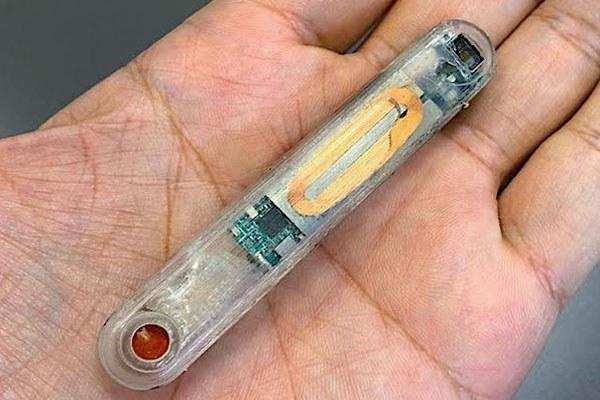VIDEO – GET SOME TODAY –
Aug. 24, 2024 – Researchers have developed a new device that will help to eliminate those delays and potentially save the lives of people who overdose. About the size of a stick of gum, it can be implanted under the skin, where it monitors heart rate, breathing rate, and other vital signs. When it determines that an overdose has occurred, it rapidly pumps out a dose of naloxone.
In a study appearing today in the journal Device, the researchers showed that the device can successfully reverse overdoses in animals. With further development, the researchers envision that this approach could provide a new option for helping to prevent overdose deaths in high-risk populations, such as people who have already survived an overdose.
“This could really address a significant unmet need in the population that suffers from substance abuse and opiate dependency to help mitigate overdoses, with the initial focus on the high-risk population,” says Giovanni Traverso, an associate professor of mechanical engineering at MIT, a gastroenterologist at Brigham and Women’s Hospital, and the senior author of the study.



